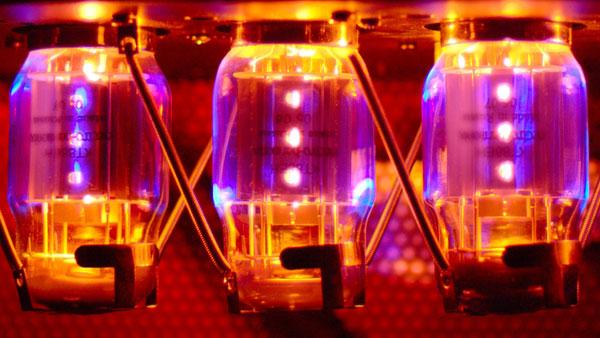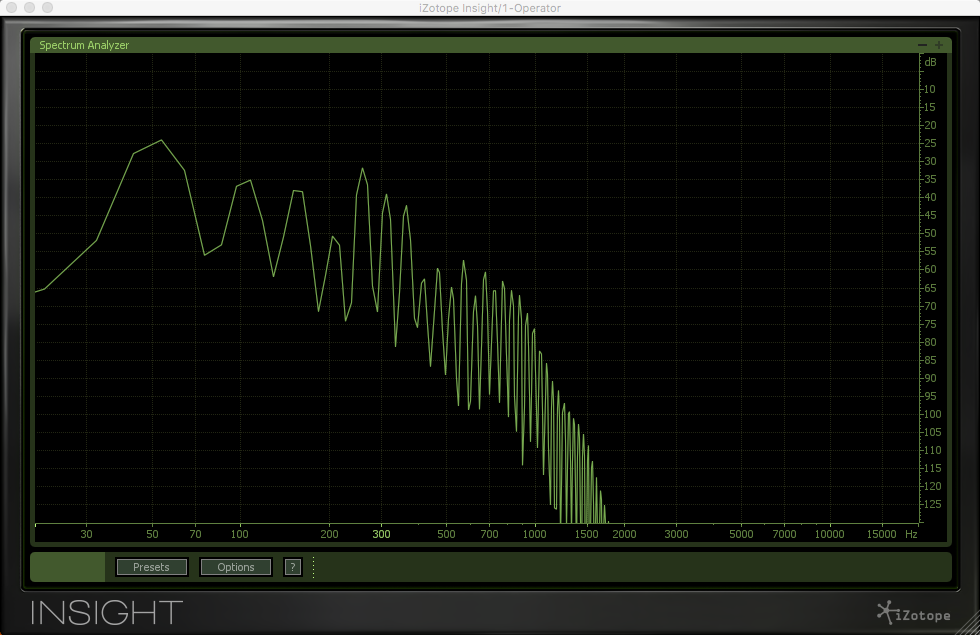Everything heard in this world is made up of many different parts.
Complex Tones are composed of many different Sine Waves called “Partials.”
Partials are a single Sine Wave, that makes up a Complex Tone.

Harmonic Partials are scientifically any Frequency that is a multiple of a Fundamental Tone or single Sine Wave. Harmonic Partials have a predictable sound.
Inharmonic Partials are any Frequency that isn’t a multiple of a Fundamental Tone.
Even Harmonics vs Odd Harmonics:
You can think of Even Harmonics as Octaves, and Odd Harmonics as Chords. Octaves will sound pleasing. Chords can deviate from that sound.
Analog Circuits:
Passing a Signal thru Analog Circuitry will change it’s tonal characteristics. Depending on the medium used, various Harmonics will be emphasized with gain from that circuit. This is often what seems to be lacking from Digital music. Implementing these circuits into your Mix can help you blur the line between Digital and Analog.

Tubes are capable of both Even and (at higher levels) Odd Harmonic Distortion. That “Warm Tube Sound” emphasizes Even Harmonics. This can give your Signal a much sweeter, desirable sound.


Transistors will naturally produce Odd Harmonic Distortion, which will give a different density to your Signal.
Tape Machines can also produce significant Odd Harmonic Distortion.
Tape Machines provide us with realistic familiar warmth. This can be useful when working in a Digital Audio Workstation.
There are many plugins that are successful recreations of these reactions.
Find what works, when it needs it.
The Fundamental Tone:
The Fundamental Tone is our First Harmonic Partial. The reason it is a Harmonic, is because it is physically a multiple of itself. (1 x 1 = 1)
Taking a look at Massive, a Wavetable Synth, we can select many different Wavetables by clicking any one of these. We can hear all of the Harmonics plus the Tone’s Fundamental.

We can also Audition between Wavetables, here
Scrolling between these Wavetables, while playing a note with your keyboard, you should hear many different tones and textures. The reason you are hearing this is because you are listening to each sound’s Complex Tone. If we were to take away each Wavetables Harmonics, they would all sound identical. That is because every sound’s Fundamental tone is a Sine Wave.
By reducing the “Intensity” Knob in Massive, we are able to remove the Harmonic’s from each off the different Wavetables, giving us the ability to hear only the sound’s Fundamental Tone.

Now you have Physical proof that at every sound’s core lies a Fundamental Sine Wave.
This Fundamental Tone is also known as the First Order Harmonic.
Harmonic Series:
Here is a FM Sine Wave that was made using Operator. The Modulator Operator is adding Harmonics to the Sine Wave. We’re using a Spectral Analyzer to view this.

Now let’s view the Harmonic Series. As seen, each Partial is a multiple of the Fundamental.
First Order Harmonic: 50Hz (1 x 50Hz = 50Hz) Fundamental Tone
Second Order Harmonic: 100Hz (2 x 50Hz = 100Hz) One Octave Above the Fundamental
Third Order Harmonic: 150Hz (3 x 50Hz = 150Hz)
Fourth Order Harmonic: 200Hz (4 x 50Hz = 200Hz) 2nd Octave Above the Fundamental
Fifth Order Harmonic: 250Hz (5 x 50Hz = 250Hz)
Sixth Order Harmonic: 300Hz (6 x 50Hz = 300Hz)
Seventh Order Harmonic: 350Hz (7 x 50Hz = 350Hz)
Eighth Order Harmonic: 400Hz (8 x 50Hz = 400Hz) 3rd Octave Above the Fundamental
Ninth Order Harmonic: 450Hz (9 x 50Hz = 450Hz)
Tenth Order Harmonic: 500Hz (10 x 50Hz = 500Hz)
Now you should be able to see these Harmonics when you look at a Sound. 
This can help you when needing to boost certain Harmonics, or reduce the area in between Harmonics. Sometimes you may even want to remove certain Harmonics to make room for other sounds.
Hopefully this makes you more confident understanding Harmonic series and what Saturation is actually doing to these places. Experiment with removing any Inharmonic Partials from a sound, and listen for the differences. You now hold the power to change the characteristics of any sound.
